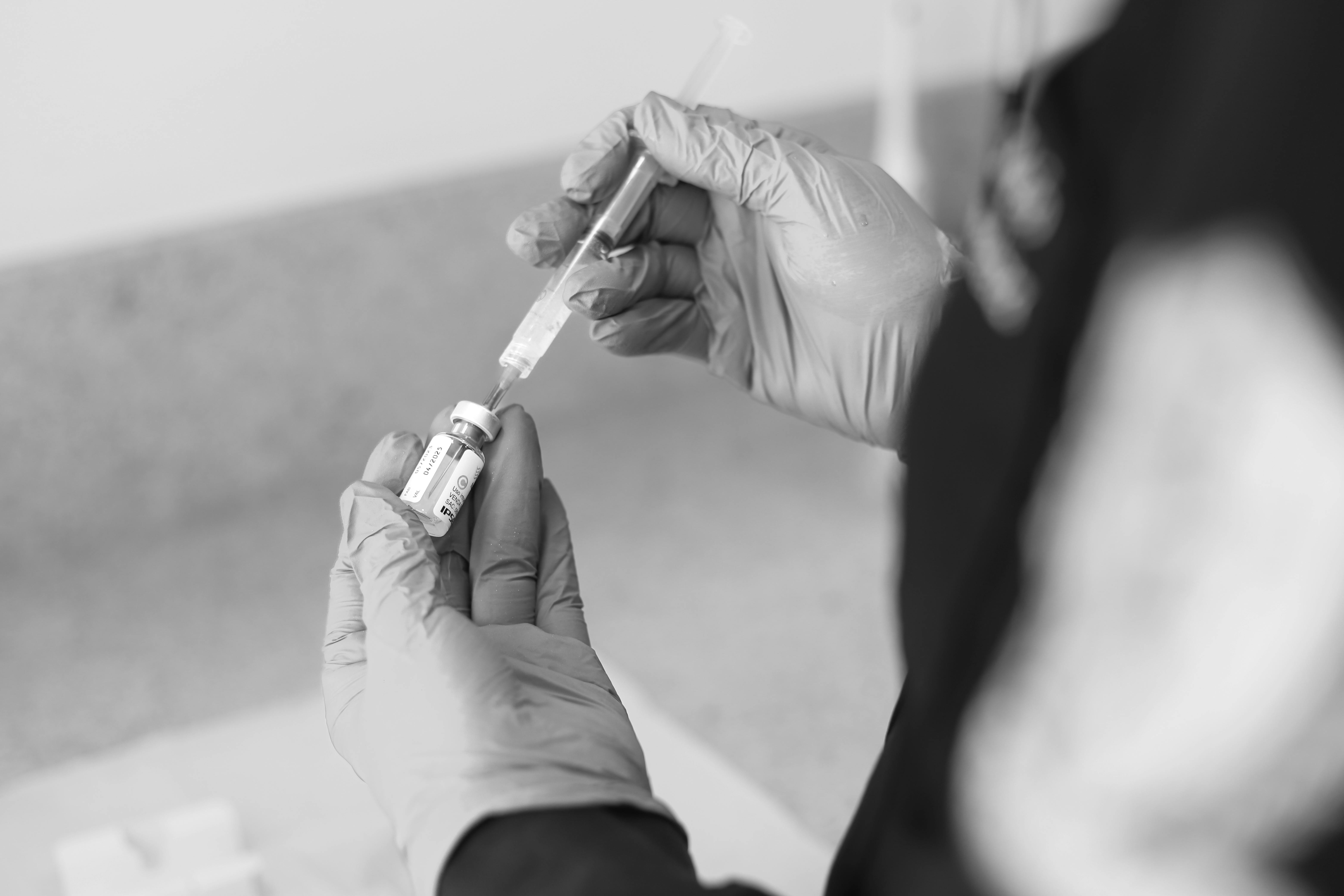來源:[1] 默克公司的KEYTRUDA®(帕博利珠單抗)皮下注射(SC)和早期頭頸癌新適應症獲得兩項歐盟CHMP積極意見 (https://finance.yahoo.com/news/merck-receives ...)[2] 默克Keytruda可注射版本:腫瘤學可及性和盈利能力的範式轉變? (https://vertexaisearch.cloud.google.com/groun ...)[3] Keytruda注射劑獲得FDA批准及其對默克市場地位的戰略影響 - AInvest (https://vertexaisearch.cloud.google.com/groun ...)
